The Beach
Danny Boyle’s adaptation of a 1996 novel by Alex Garland is a dramatic adventure movie that depicts and young man travelling around South East Asia who, after a series of strange encounters, discovers a remote, pristine beach somewhere off the coast of Thailand.
Much like many of us did before Covid-19 came along, Leonardo DiCaprio’s character prances around this white sandy paradise, blissfully ignorant that things are about to go very wrong. The film encapsulates the wealth of emotion felt when you’re travelling alone through unfamiliar environments, and the incredible settings of Koh Phi Phi Le (the not-so-secret-anymore island where the film was shot) are perfect for whisking your imagination off the sofa and onto a sun lounger.
Fun fact: Leonardo DiCaprio made $20 million from the film but only after being asked to shed 20 pounds. It was the actor’s first lead role since Titanic.



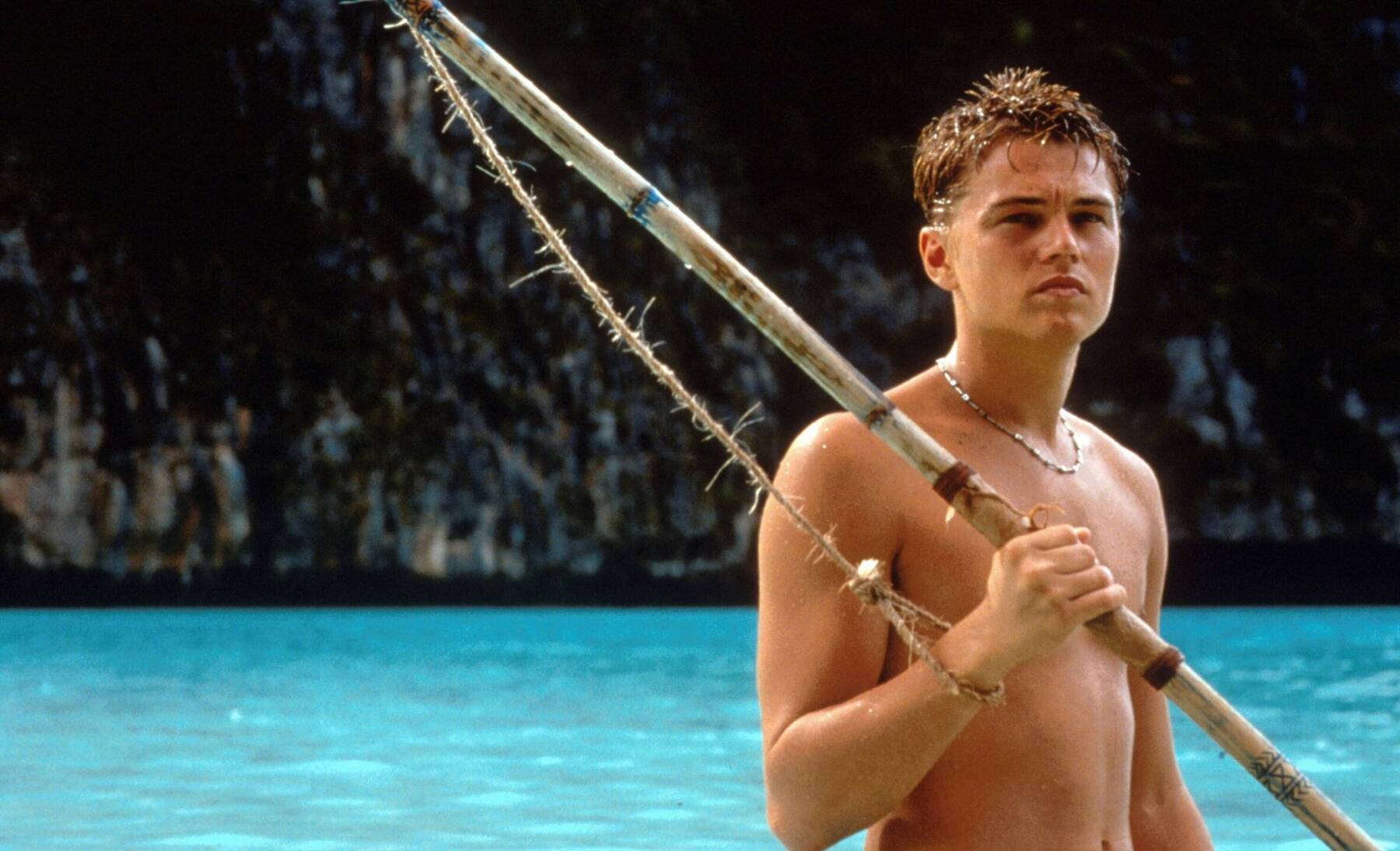
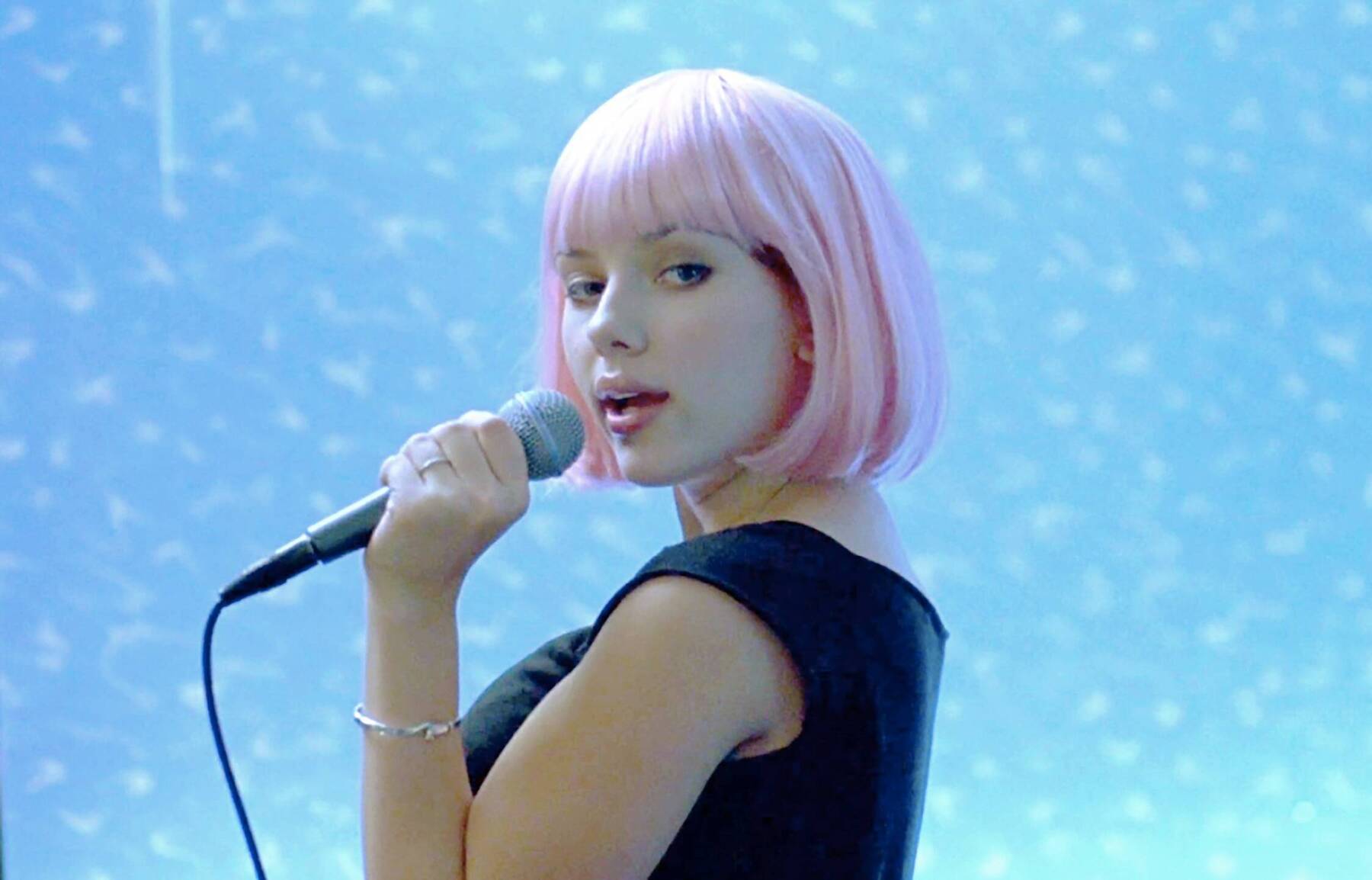



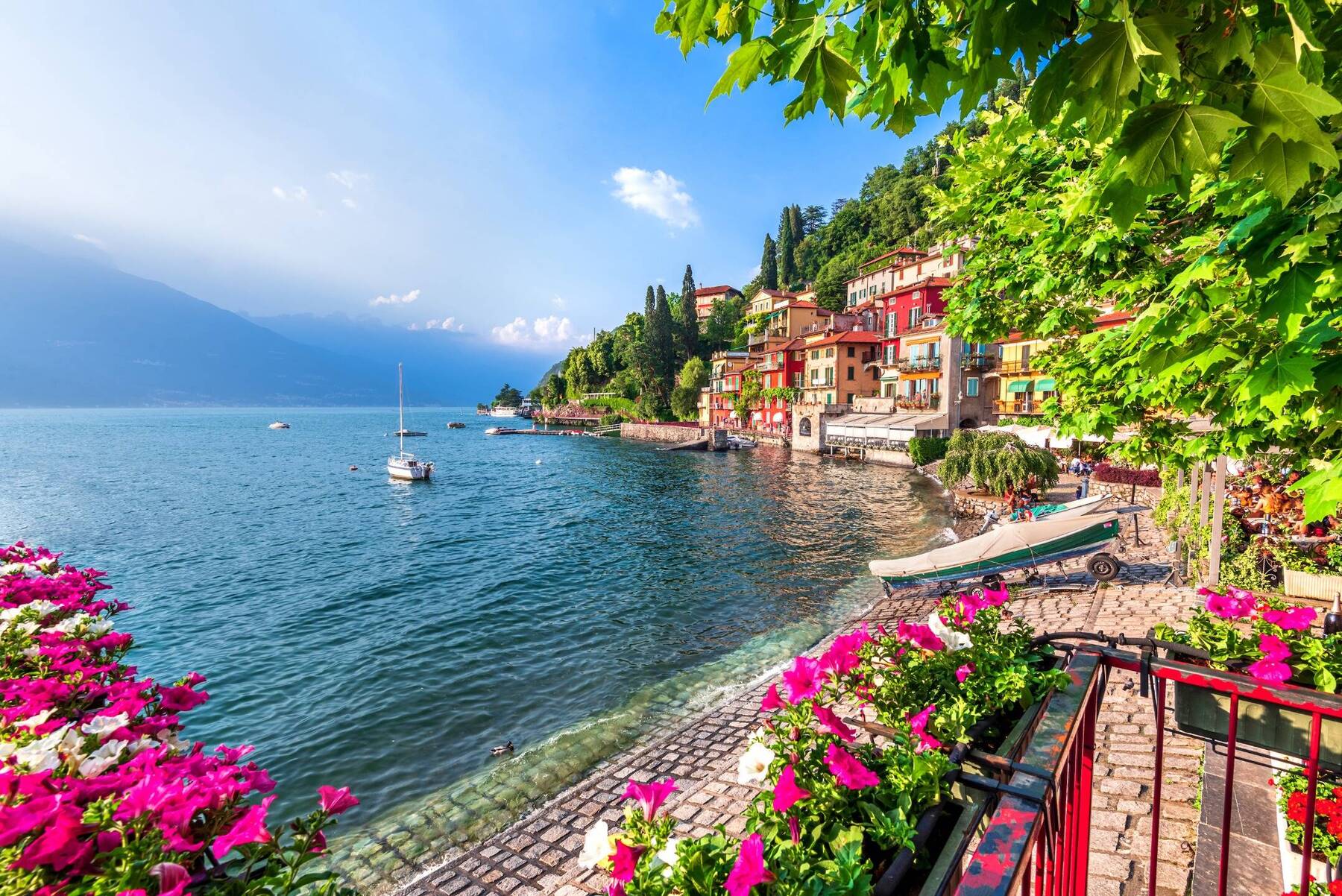
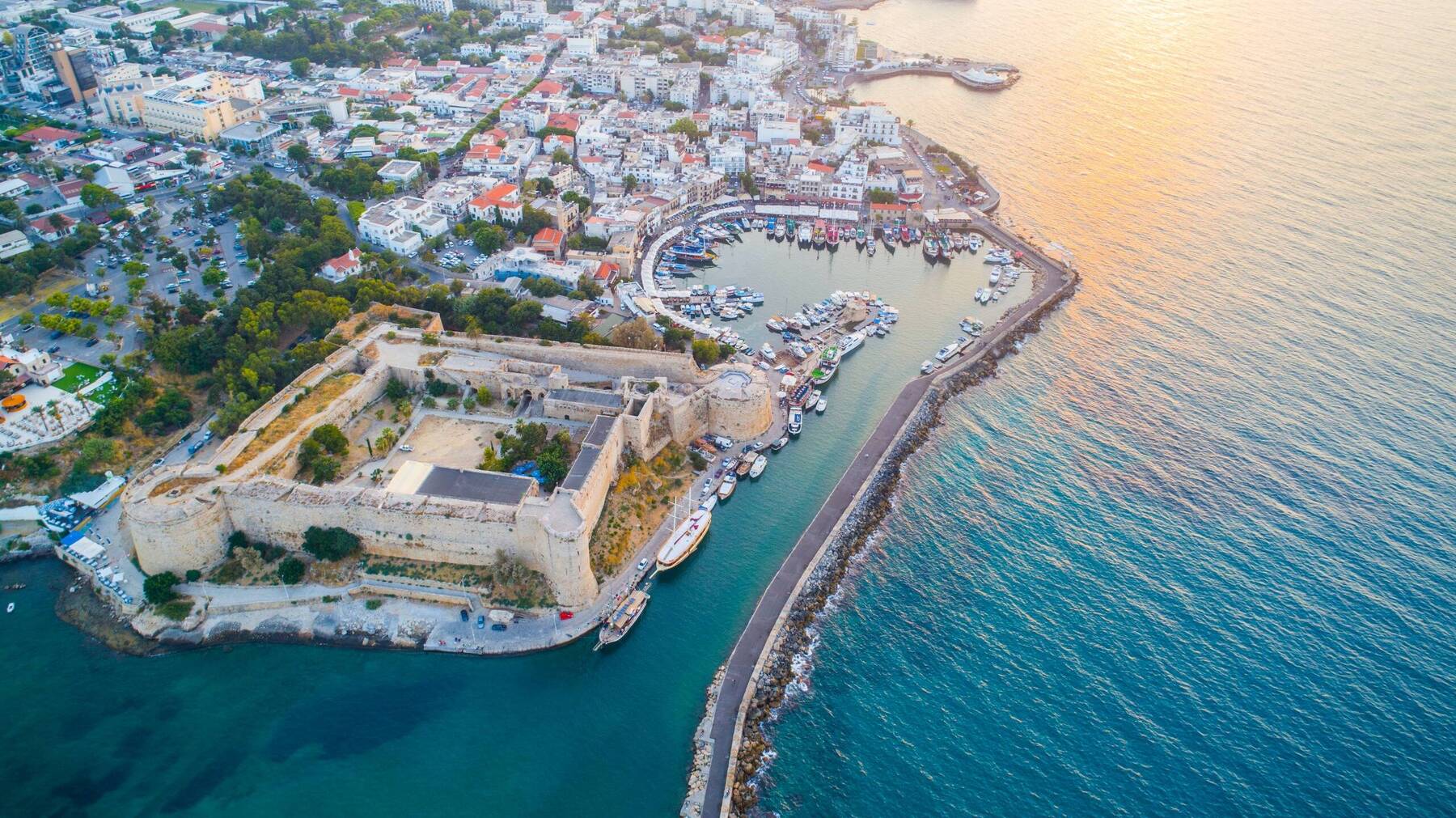
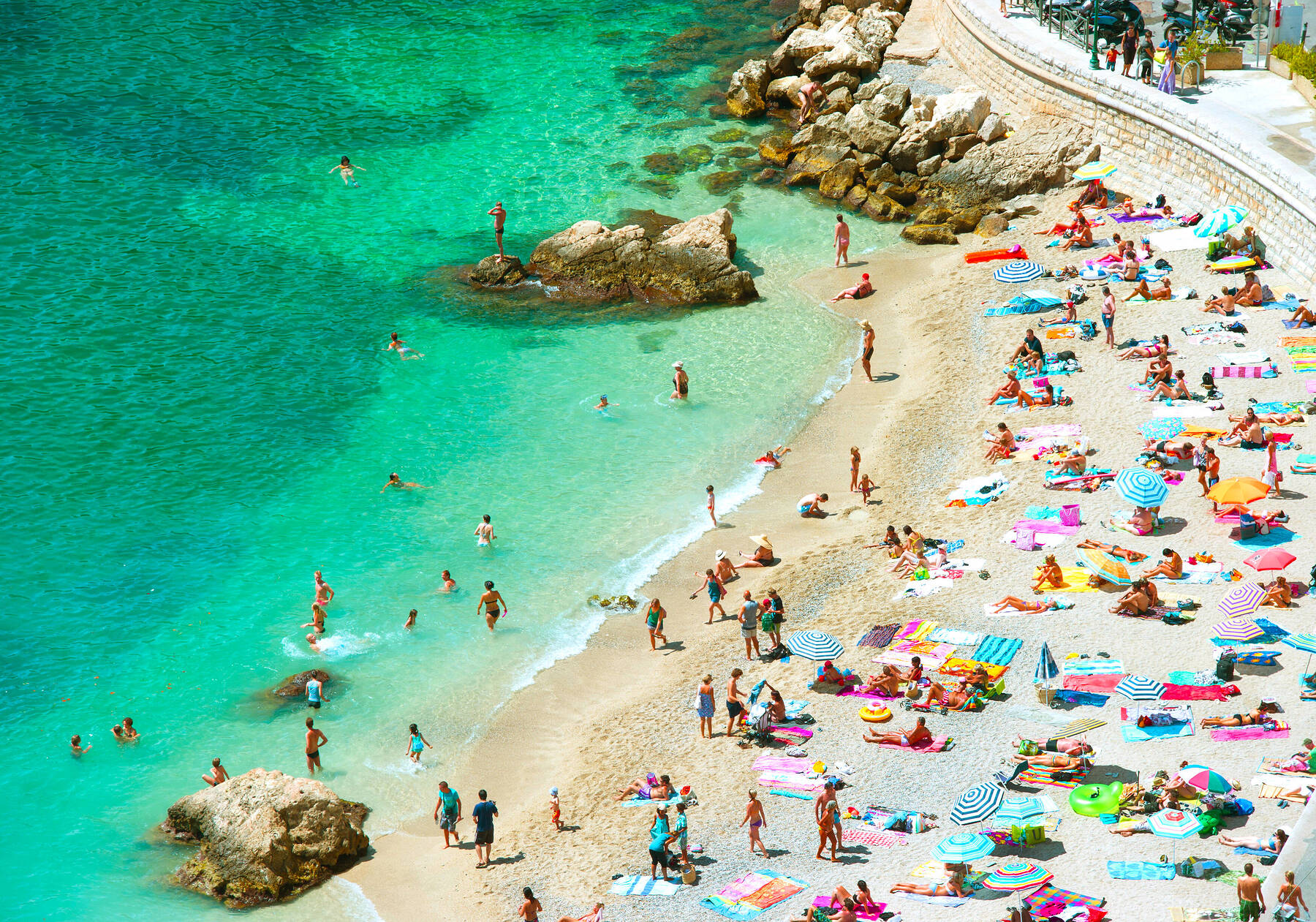




Comments